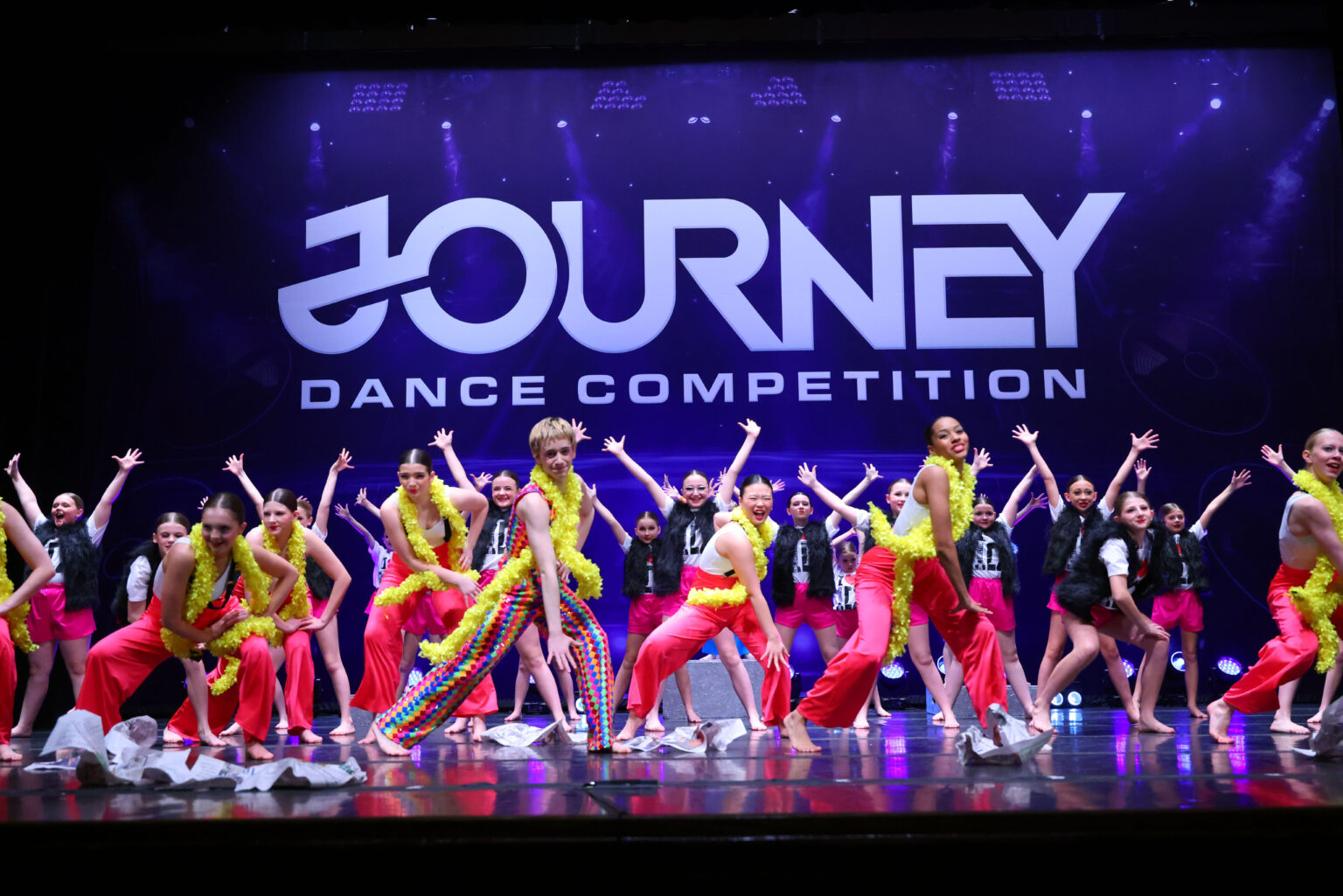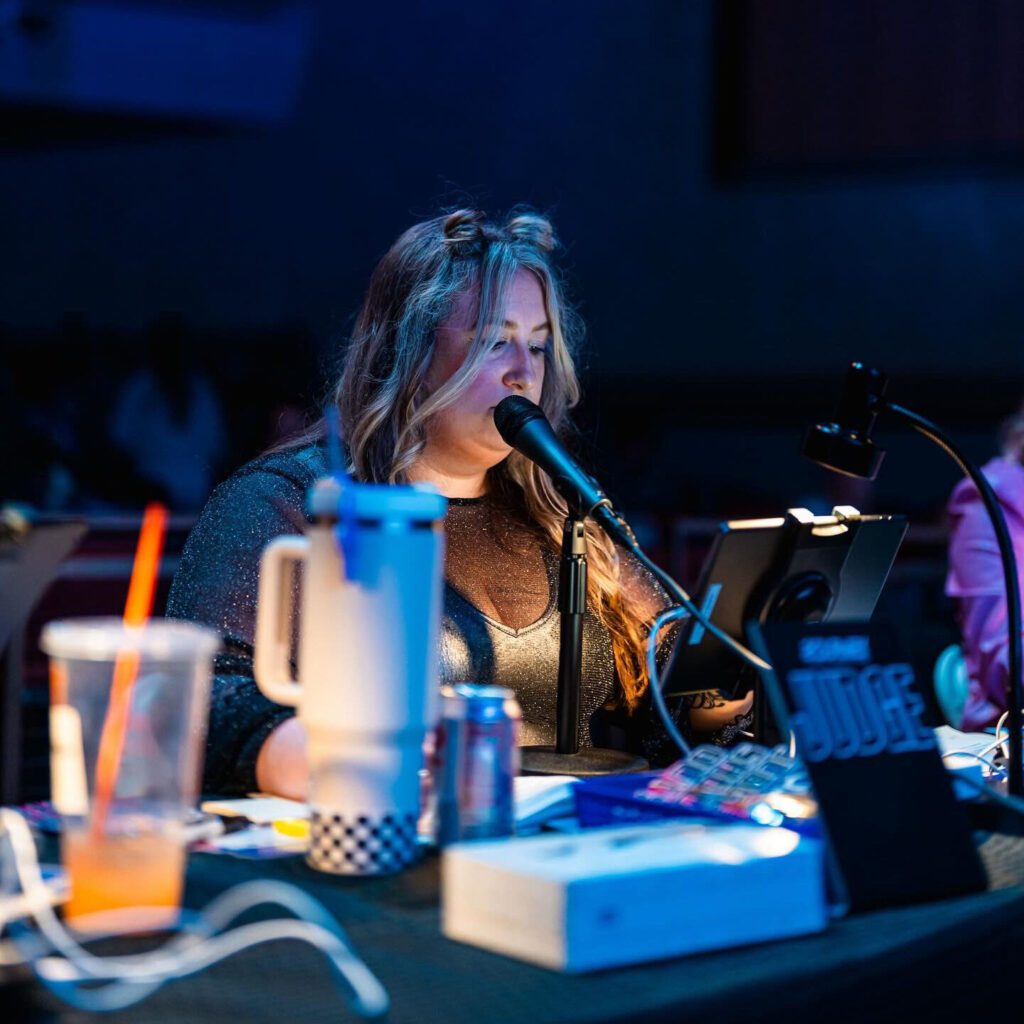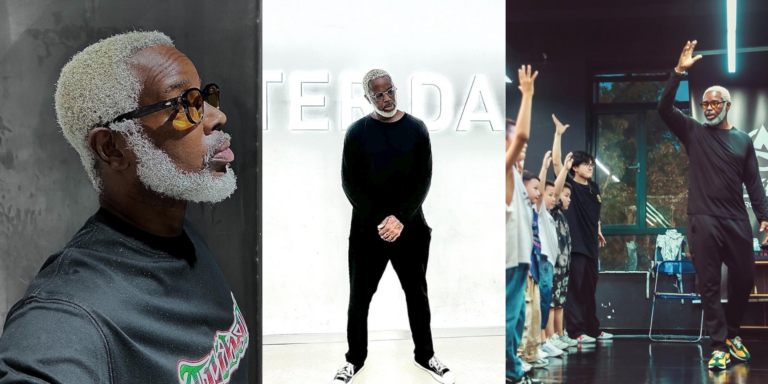
With elaborate props, costume quick-changes, and dozens of dancers, today’s production numbers are bigger and more extravagant than ever. Onstage, they look magical—but every dazzling spectacle requires extensive planning and rehearsing.
While putting together a multifaceted production number can feel daunting, following a few guidelines can get any large-scale routine started on the right foot.
DO Show Who You Are
A number channeling the movie or musical of the moment might seem like a surefire way to win over audiences and judges. But production routines can be more effective when they instead demonstrate a school’s unique identity. Owner Kristen Sadler Pittman and competitive director Sydney Smith of Rock City Dance Center in Conway and Little Rock, Arkansas, pride themselves on their studio’s creativity. “Over the years, we’ve challenged ourselves to be good storytellers, and go beyond a routine that’s the exact same as a movie or musical,” says Pittman. “Figure out who you are as a company, and then let your production tell that story.”
Similarly, owner Keely Beebe and choreographers Jordane Walter and Angela Casey from Studio 136 in Massillon, Ohio, wanted their Harry Styles–themed production to shine a light on their organization’s values. “We always try to make sure our kids feel safe being themselves in the studio, and Harry’s a great example of embracing individuality and acceptance,” says Casey. Beebe adds, “Finding a theme that your kids are passionate about helps in the long run to keep them engaged and connected to their performance.”
DO Highlight Dancers’ Strengths
A production number’s large scale allows plenty of opportunities to highlight what your dancers can do. Casey Tallarico, competition judge and co-director of Lori’s Dance Center in East Islip, New York, appreciates when productions showcase versatility. “Having multiple styles in one routine makes it so much more layered and interesting,” she says. “It’s also a great way to show off your dancers’ specialties, like acrobatic skills, ballroom, or tap.”
In the initial planning stages, Pittman and Smith chart out the number, making sure each dancer has a chance to shine. “We also traditionally build our number around our graduating seniors, giving them one final special moment to lead the team,” says Pittman.

DO Use Props to Your Advantage
From towering, multilevel sets to simple handheld props, thoughtful production elements can add an extra layer of interest. But “thoughtful” is the key word. Make sure every prop adds to rather than distracts from the overall picture, and that dancers are well-drilled in exactly how to use and interact with them. Studio 136’s recent number featured feather boas, microphones, newspapers, and movable boxes. “We set our spacing in relation to where certain props were, which was really helpful for our younger dancers to know exactly where to go,” Casey explains.
DON’T Forget to Choreograph Backstage
With more than 100 dancers in Rock City Dance Center’s Paris-themed production this year, every moment had to be meticulously planned. “Choreographing exactly where dancers would be waiting, quick-changing, and how they would be standing offstage became part of our process,” says Pittman.
Part of the behind-the-wings planning also depends on which competitions you’ll be attending. “We ended up calling all of the venues to figure out how much wing space there was, and whether they had a theater stage or a built stage, and then adjusted the backstage choreography accordingly for each comp weekend,” Pittman says.
DON’T Go Overboard
Successful productions walk a fine line between taking risks and keeping things clean. “Too many things happening at once can be a distraction, and you want your dancers to be the least frazzled onstage as possible,” Tallarico says. “Overall, I’m looking for clean formations and transitions, and for the energy to build throughout the piece.”
Assembling a production number truly takes a village, but the result is something your whole studio can be proud of. “There are some kids that are in the piece for 30 seconds, and others for nearly nine or 10 minutes, but we strive for everyone to feel like they’re a valuable piece of the puzzle,” says Pittman. “As a studio owner, it’s a really cool thing seeing our kids, parents, and teachers all work together towards one final product.”



